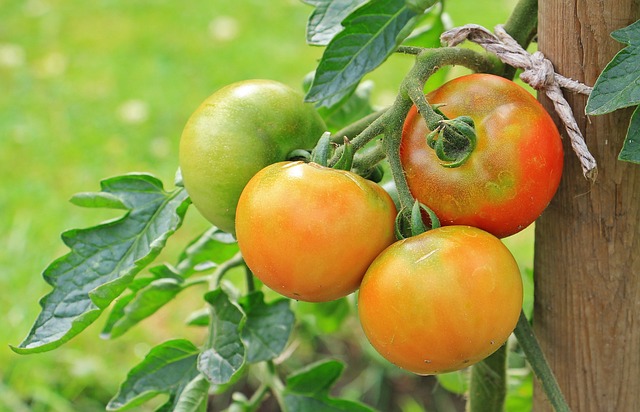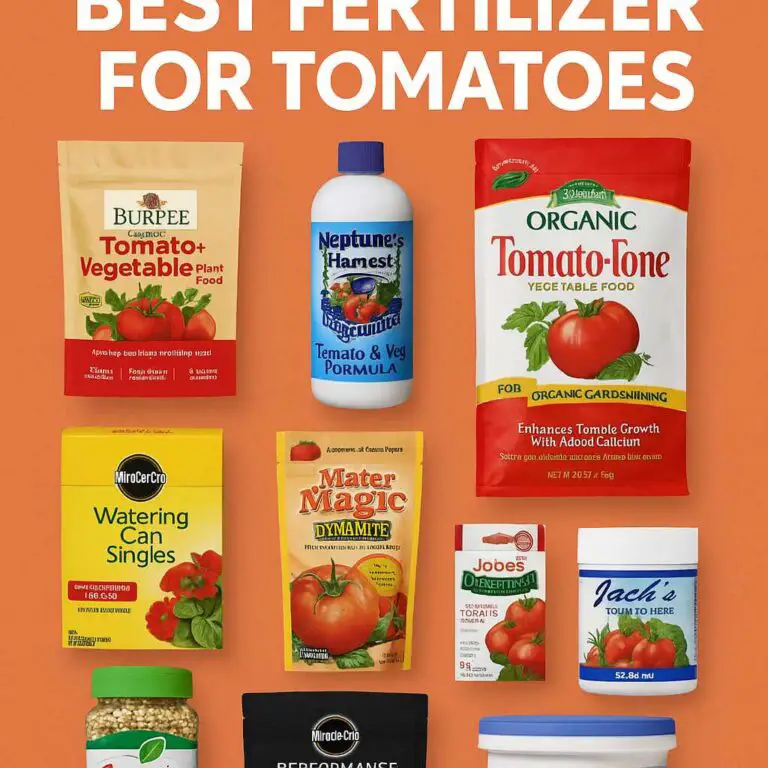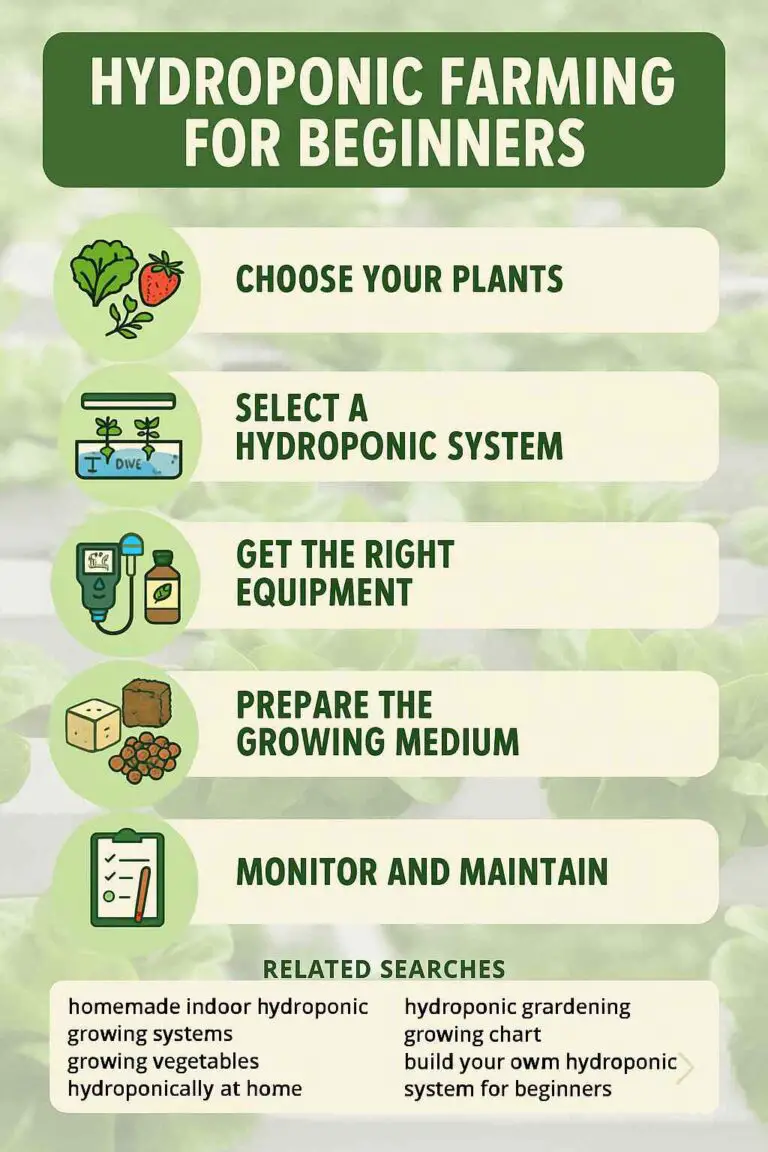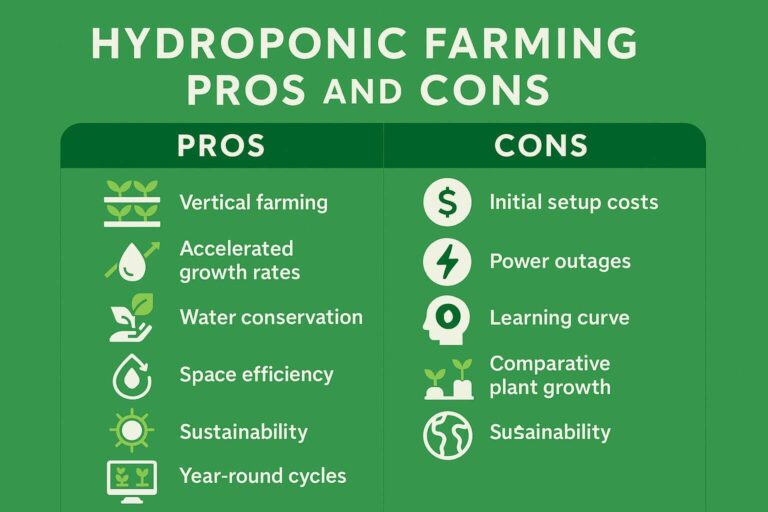Tomatoes are a beloved and versatile vegetable (or fruit, depending on your perspective) that finds its way into countless recipes, from salads to sauces and beyond. Many gardeners relish the opportunity to cultivate their own tomatoes during the warm months of spring and summer, eagerly anticipating the delicious harvest that follows. However, as the days grow shorter and temperatures drop, the question arises: can tomato plants survive the winter?
Yes, tomato plants can survive the winter under the right conditions. Factors like tomato variety, local climate, plant health, age, and protective measures all play a role. Choosing cold-resistant varieties, winterizing your plants with mulch and covers, bringing them indoors, or using greenhouses can help ensure their survival. With proper care, you can extend your tomato growing season and enjoy fresh tomatoes even in colder regions.
In this comprehensive guide, we will explore the factors that influence the survival of tomato plants during the winter months and provide practical tips to help you protect and extend the life of your tomato plants.
Understanding Tomato Plants
Before delving into the intricacies of winter survival, it’s essential to understand the nature of tomato plants. Tomatoes, scientifically known as Solanum lycopersicum, are warm-season plants native to western South America. They thrive in temperatures between 70°F to 85°F (21°C to 29°C) and require ample sunlight to produce their flavorful fruits.
Tomato plants are typically grown as annuals in many regions, meaning they complete their life cycle in a single growing season. However, under the right conditions and with proper care, tomato plants can behave as perennials, surviving through the winter and regrowing in subsequent seasons.
Factors Influencing Winter Survival
Several factors influence whether tomato plants can survive the winter or not. Understanding these factors is crucial in determining the likelihood of your tomato plants making it through the cold months.
- Tomato Variety: Different tomato varieties have varying degrees of cold tolerance. Some heirloom and determinate varieties are more sensitive to cold temperatures, while certain indeterminate and cold-resistant cultivars have a better chance of surviving winter conditions.
- Local Climate: The climate in your region plays a significant role in determining the winter survival of tomato plants. Areas with milder winters are more conducive to overwintering tomatoes. Frost, freezing temperatures, and prolonged cold spells can all harm tomato plants.
- Plant Health: The overall health and vitality of your tomato plants also impact their ability to survive winter. Strong, disease-free plants are more likely to withstand harsh conditions.
- Plant Age: Young tomato plants are generally less likely to survive the winter than mature ones. Well-established plants have stronger root systems and are better equipped to endure the cold.
- Protection Measures: The steps you take to protect your tomato plants during the winter can make a significant difference. Proper care and winterization can enhance their chances of survival.
Can Tomato Plants Survive the Winter?
The simple answer is yes, tomato plants can survive the winter under the right conditions. However, successfully overwintering tomato plants requires careful planning and execution. Here’s what you need to know to give your tomatoes the best chance of surviving the cold season.
-
Choose Cold-Resistant Tomato Varieties
If you live in an area with harsh winters and want to increase your chances of overwintering tomatoes, start by selecting tomato varieties known for their cold resistance. Some of the best choices include:
- Siberian varieties: These tomatoes, such as ‘Siberian’ or ‘Siberian Pink Honey,’ are bred to thrive in cold climates and can withstand cooler temperatures.
- Cherry tomatoes: Smaller tomato varieties, like cherry and grape tomatoes, tend to be more cold-tolerant than larger ones.
- Indeterminate varieties: Indeterminate tomato plants, which continue to produce fruit throughout the growing season, may have a better chance of surviving the winter if protected.
-
Prepare Tomato Plants for Winter
Before the first frost hits, take steps to prepare your tomato plants for the winter months. Here’s what you can do:
- Pruning: Trim your tomato plants back to remove any dead or diseased foliage. This will help improve air circulation and reduce the risk of diseases taking hold during the winter.
- Remove Stakes and Supports: Take down any stakes, cages, or supports that are in place to prevent wind damage during the winter months.
- Mulch: Apply a thick layer of organic mulch, such as straw or shredded leaves, around the base of the plants. Mulch helps insulate the soil and protect the roots from freezing.
- Cover with Plastic or Row Covers: If you anticipate a particularly harsh winter, consider covering your tomato plants with plastic or row covers to shield them from frost and wind.
-
Bring Tomato Plants Indoors
For gardeners in regions with extremely cold winters, bringing your tomato plants indoors is a viable option. Follow these steps:
- Pot Your Tomato Plants: Transplant your tomato plants into large pots or containers, ensuring they have well-draining soil.
- Prune Heavily: Trim your tomato plants back significantly, leaving only a few healthy stems and leaves. This minimizes the plant’s size and conserves energy.
- Place Indoors: Find a sunny indoor location, such as a south-facing window or a heated greenhouse, where your tomato plants can receive adequate sunlight. You may also use grow lights if natural light is insufficient.
- Water and Fertilize: Adjust your watering and fertilizing routine to the reduced light and temperature indoors. Be mindful not to overwater, as indoor plants typically require less moisture.
- Monitor for Pests and Diseases: Keep a close eye on your indoor tomato plants for any signs of pests or diseases, which can be more challenging to manage indoors.
-
Provide Extra Heat
Tomato plants are sensitive to low temperatures, so providing additional heat during the winter can help them survive. Consider the following methods:
- Use Space Heaters: Place small space heaters in your greenhouse or indoor growing area to maintain a stable temperature above freezing.
- Heat Mats: Heat mats placed under the containers can warm the root zone and encourage healthy growth during the winter months.
-
Insulate Greenhouses and Cold Frames
If you have a greenhouse or cold frame, you can utilize these structures to protect your tomato plants from the harsh winter conditions. Here’s how:
- Insulate Walls: Add insulation to the walls of your greenhouse or cold frame to reduce heat loss. Bubble wrap or horticultural fleece can be effective for this purpose.
- Install Thermal Curtains: Thermal curtains or shade cloth can be hung inside the structure to provide an additional layer of insulation and retain heat.
- Ventilation: Proper ventilation is crucial to prevent excess humidity, which can lead to disease. Ensure that you can open vents or windows during mild days and close them during cold nights.
-
Monitor and Adjust Care
Throughout the winter, it’s essential to monitor the condition of your overwintered tomato plants and adjust your care routine as needed. Here are some key considerations:
- Watering: While you’ll need to water less frequently during the winter, don’t let your plants dry out completely. Check the moisture level of the soil regularly and water sparingly when necessary.
- Pruning: Continue to prune away any dead or diseased growth to maintain plant health.
- Pest and Disease Control: Keep an eye out for indoor pests, such as aphids or whiteflies, and address any issues promptly. Also, watch for signs of fungal diseases like powdery mildew and act accordingly.
- Fertilizing: Reduce fertilizer applications during the winter months, as plants are less active. If growth is minimal, you may not need to fertilize at all until spring.
- Light: Ensure your indoor tomato plants receive adequate light. If natural light is insufficient, consider using grow lights on a timer to provide the necessary illumination.
-
Prepare for Spring Transplanting
As the days start to lengthen and temperatures rise, your overwintered tomato plants will begin to show signs of renewed growth. At this point, you can prepare them for transplanting back into your garden or outdoor containers. Follow these steps:
- Gradual Acclimatization: Before transplanting, allow your tomato plants to acclimatize to outdoor conditions gradually. Start by placing them in a sheltered, partially shaded area for a few hours each day, gradually increasing their exposure to direct sunlight.
- Choose the Right Timing: Wait until the threat of frost has passed and nighttime temperatures consistently stay above 50°F (10°C) before transplanting your tomatoes back into the garden.
- Transplant Carefully: Dig a hole deep enough to accommodate the entire root ball of your tomato plant, and gently transplant it into the prepared spot. Water thoroughly after transplanting to reduce transplant shock.
Conclusion
While tomato plants are naturally warm-season crops, with the right knowledge and care, they can survive the winter in various ways. Whether you choose cold-resistant varieties, protect them with mulch and covers, or bring them indoors, successfully overwintering tomato plants is achievable. By following the tips and techniques outlined in this guide, you can extend your tomato growing season and enjoy a bountiful harvest year after year, even in regions with challenging winter conditions. Remember that patience and dedication are key to the successful winter survival of your beloved tomato plants, so plan and execute your strategy with care.








